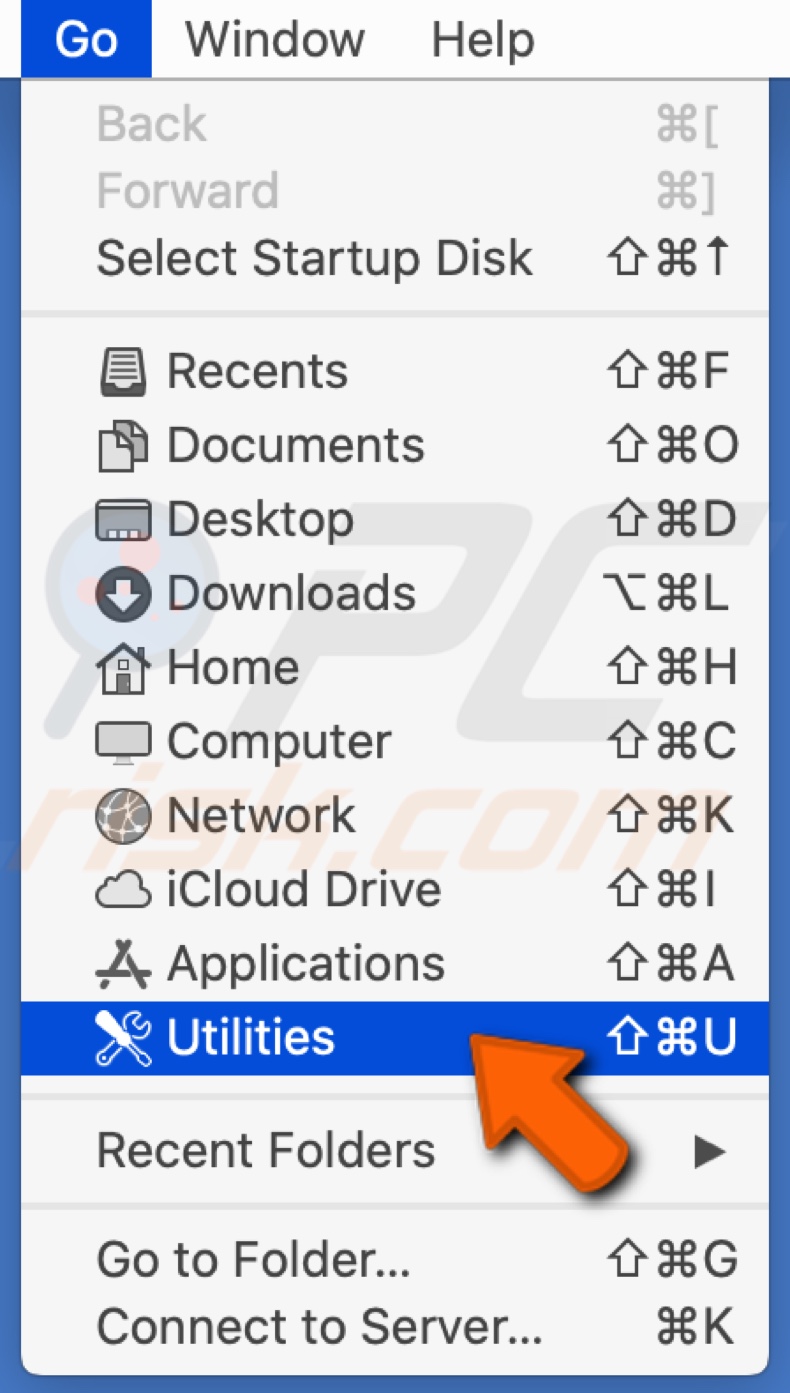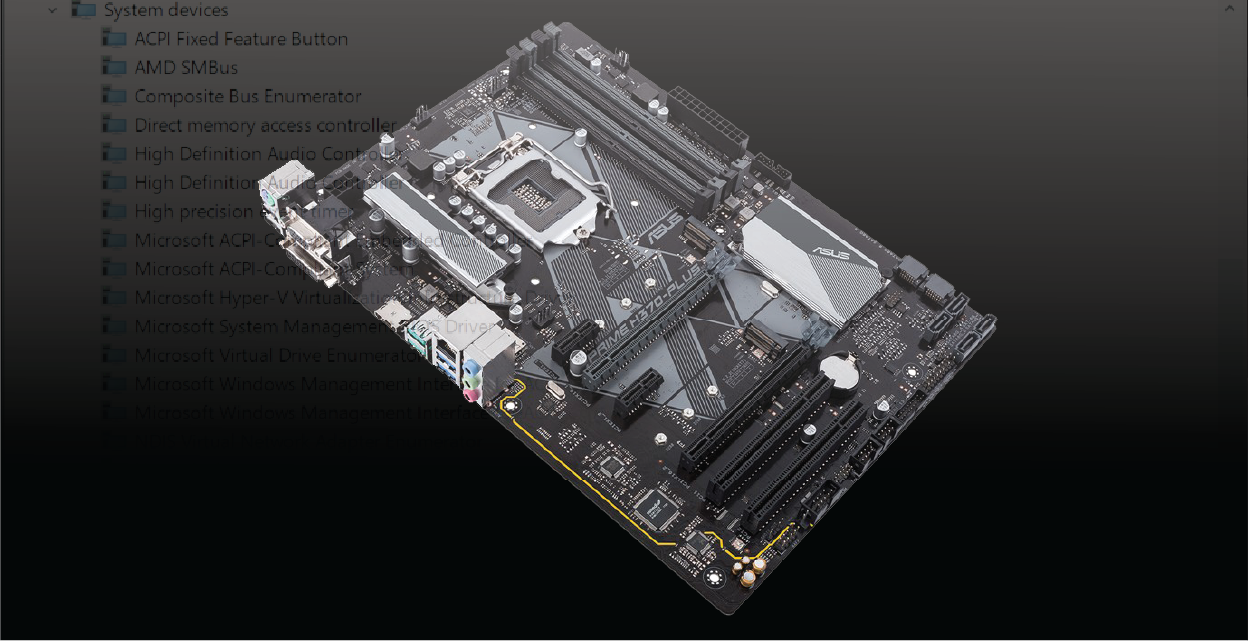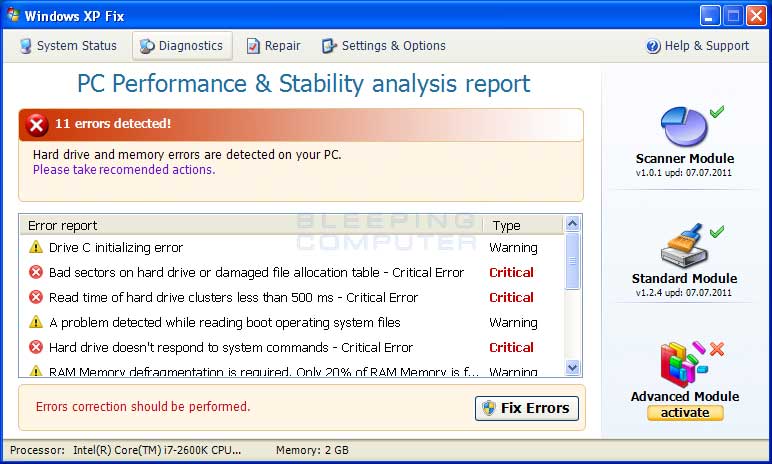

- #Utility for inspecting mac drives under windows xp how to
- #Utility for inspecting mac drives under windows xp pro
- #Utility for inspecting mac drives under windows xp software
- #Utility for inspecting mac drives under windows xp windows 7
#Utility for inspecting mac drives under windows xp windows 7
Windows 7 doesn’t contain any integrated disk-wiping features. Windows 7 (and Computers Without Operating Systems) In theory, you should only need a single pass, but you might want to perform a few extra to be safe. Doing this to solid-state storage can decrease the life of your drive, so try not to use more passes than you really need. You could enter “/p:3” to perform three passes, and so on. For example, “/p:1” will perform a single pass on the drive, overwriting every sector once. The “/p” switch tells Windows how many passes to use.

Replace “x:” with the drive letter of the drive you want to format, being very careful to select the correct drive or you’ll wipe another drive.
#Utility for inspecting mac drives under windows xp pro
The applicable operating systems are: Snow Leopard (my Mac mini), Windows XP Pro SP3 (on the old PC) and Windows 7 (on the newer PC that is attached to the AirPort Extreme).To do this, launch a Command Prompt window as administrator by right-clicking the Start button and selecting “Command Prompt (Admin).” Type the following command into the window:
#Utility for inspecting mac drives under windows xp how to
Any assistance on how to address this issue would be greatly appreciated. Windows XP does not recognize the default OS X partition type, so that was not an option.

My main reason for creating the NTFS partition is so that if I ever have a problem with my AirPort Extreme or need to work with a large file, I will have faster access if it is on a SATA connection inside my older PC than over WiFi or connected to my USB hard disk dock. I understand that the NTFS partition will not show over AirPort, which is why I chose a small size for it. When I attach the disk to my AirPort Extreme, it will only mount the two partitions that are FAT32. To be complete, I also repaired the disk in Disk Utility, but still it seemed to find nothing wrong and the repair had no effect on the AirPort error message. I went back to Disk Utility and verified the disk without issue, but no problems were found. Disk Utility did not report any issue with the disk and was able to see and mount all of the partitions correctly however, when I attached this disk to my AirPort Extreme, the light started blinking amber and, upon further inspection, was told that the "AirPort disk needs to be repaired". Next, I shut down the PC and put the disk back into the USB dock to see if all was well from the Mac side.
#Utility for inspecting mac drives under windows xp software
This software recognized the partition and mounted it in Windows. The installation went fine, as well as the software I installed in Windows that will allow me to see the HFS+ partition from a Windows boot. Next, as I only intended to boot this on my old PC, which I rarely use, I installed Windows XP on to the first partition (now 64.00GB for NTFS). This seemed to work fine on Windows XP, but I could not do it on Windows 7 because Windows 7 automatically makes the last partition on MBR an Extended Partition without asking if you want it to be a Primary/Extended Partition. After this completed, I ran Windows XP on my PC and diskmgmt.msc with the intention of deleting the first partition 64.00GB HFS+ and replacing that with 64.00GB NTFS. Because the original partition scheme I tried to do would not format as specified (i.e., Disk Utility decided that since I put free space as the first partition with four partitions, that what I really wanted was just the three partitions), I repartitioned the disk as follows: 64.00GB for HFS+, 32.00GB for FAT32, 512.00GB for HFS+, 32.00GB for FAT32 (using Master Boot Record). I zeroed the disk on my PC and then formatted it in Disk Utility while it was attached to my USB hard disk dock. I have a 640GB hard disk that was just formatted for use as an AirPort disk.


 0 kommentar(er)
0 kommentar(er)
